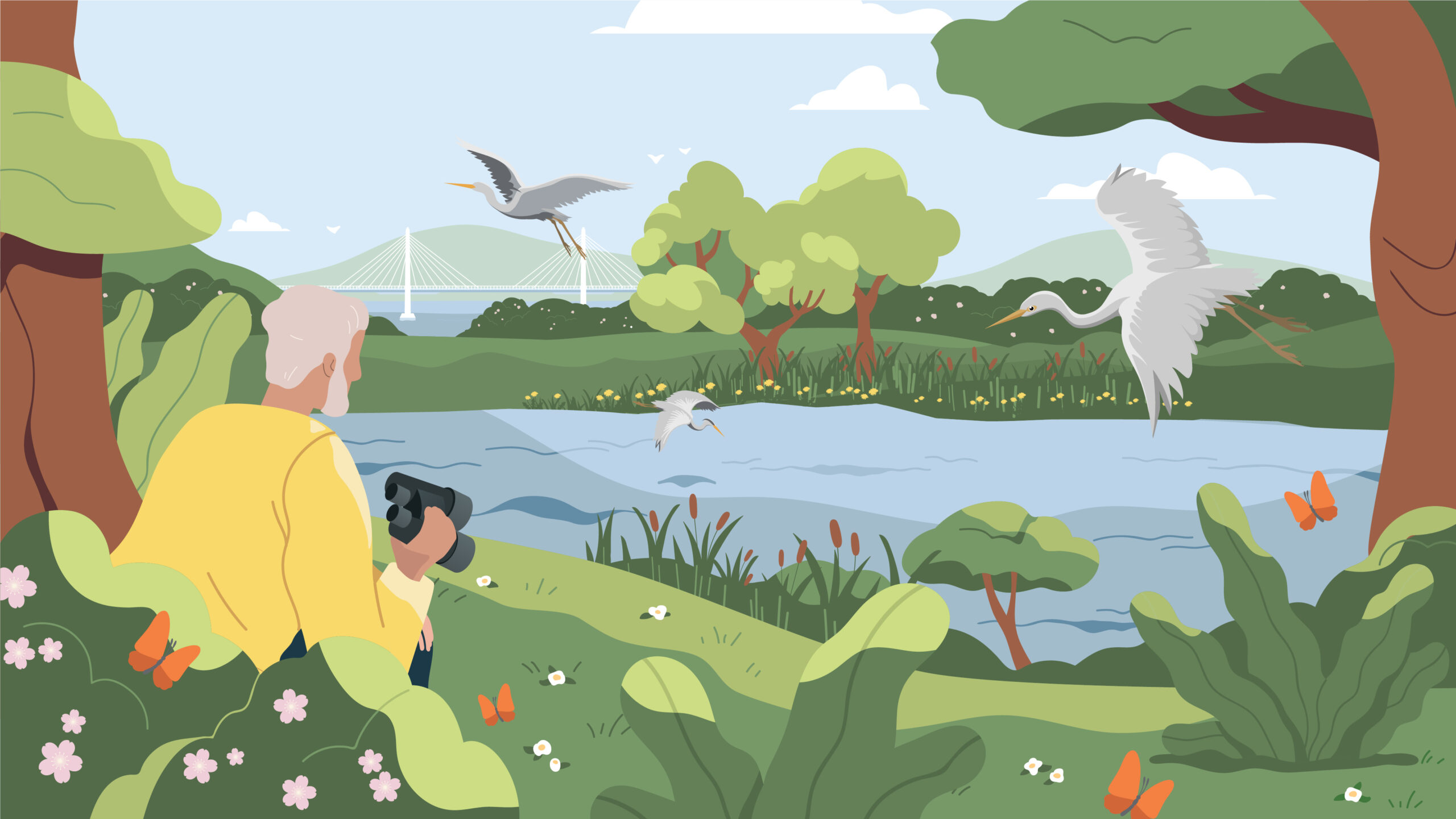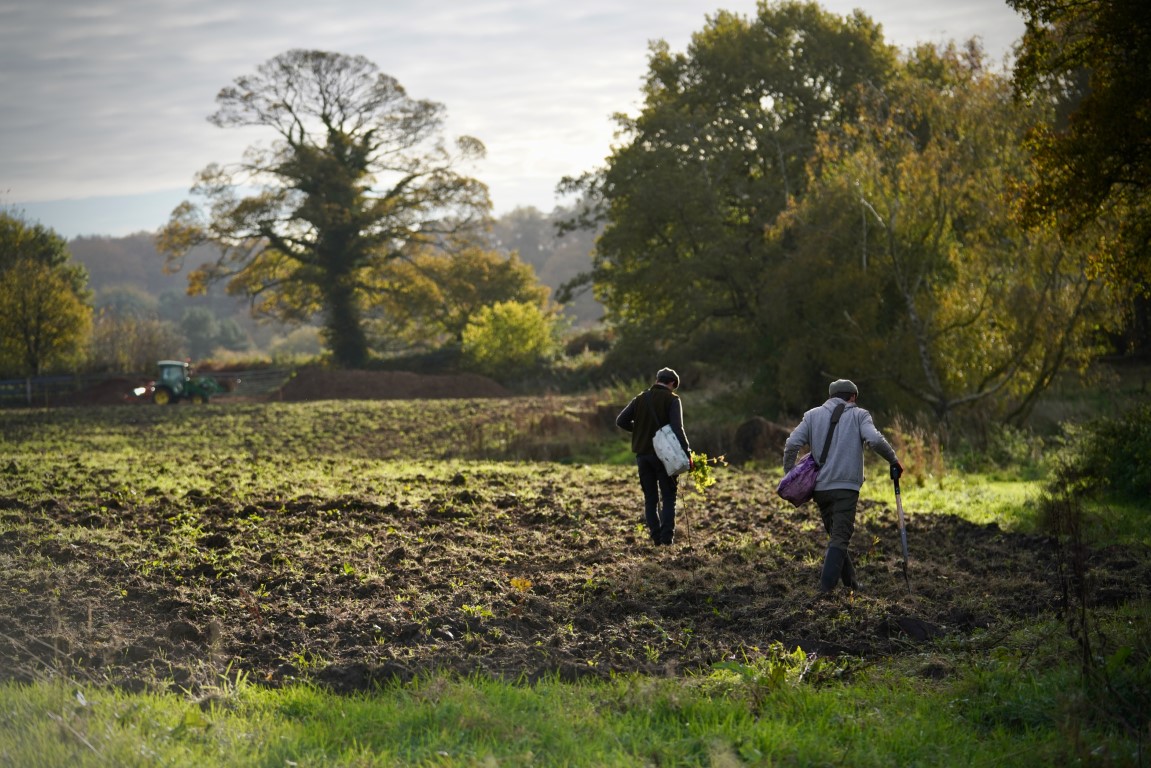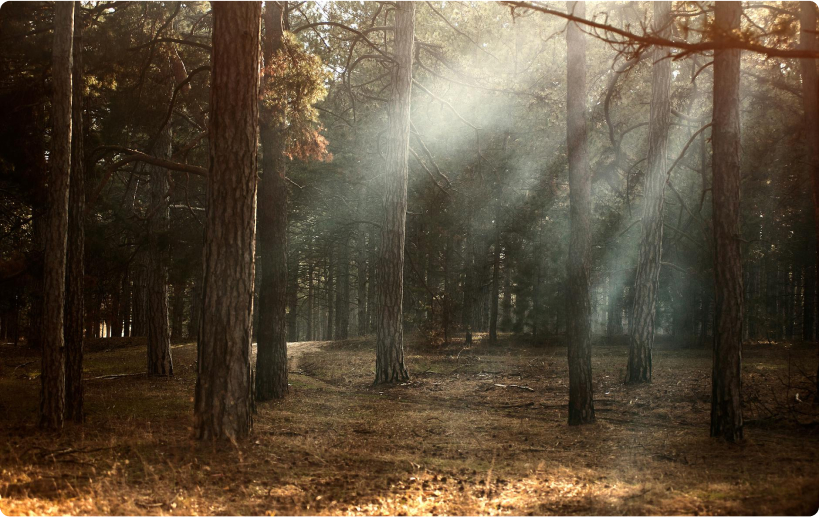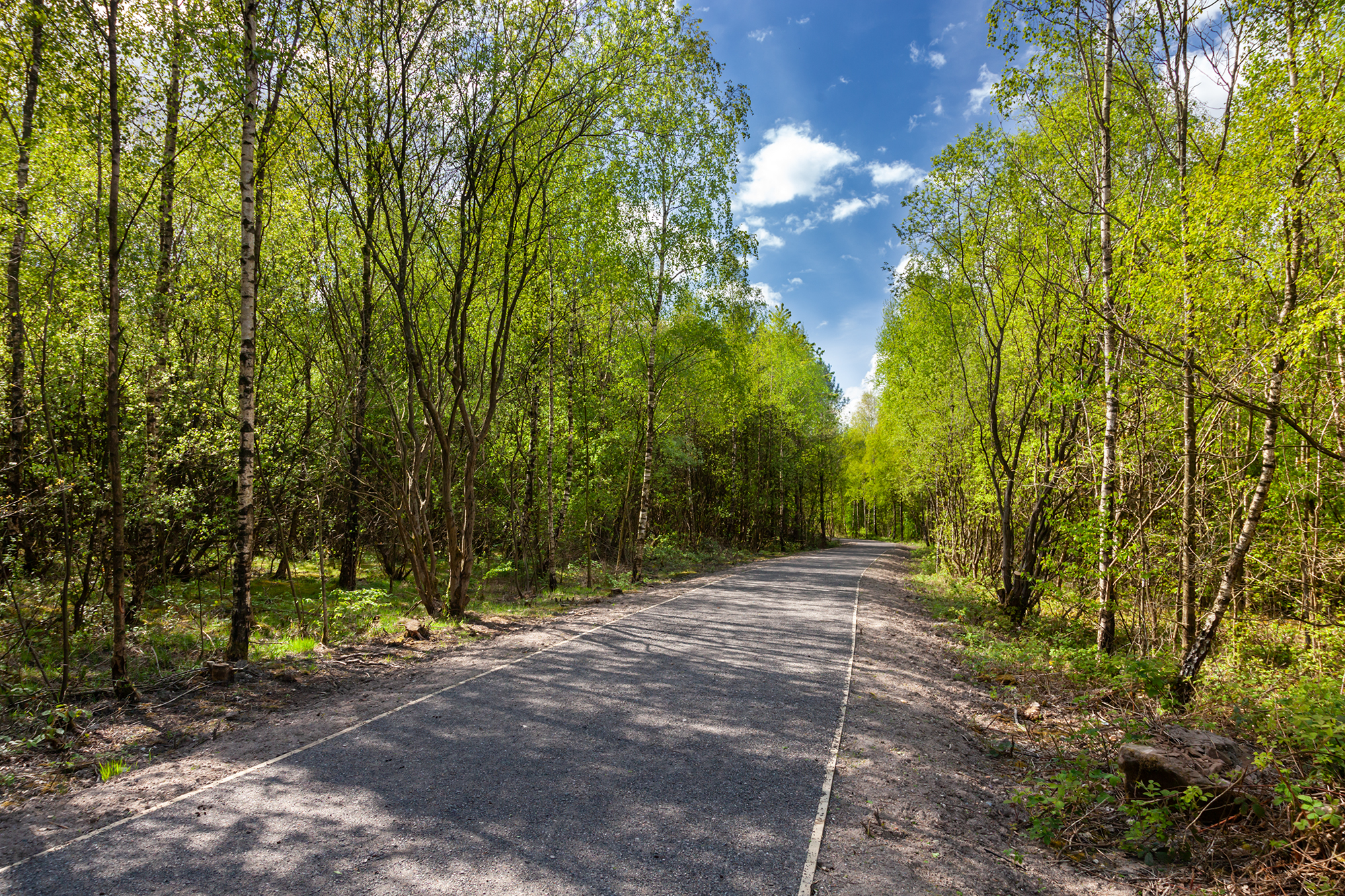

Our Plan is the long-term and strategic guide to the work of team and partners.
It sets out our vision and fifteen overarching principles under the headings Why, What, Who and How. Area-specific spatial principles are under the heading Where. Our shorter-term Delivery Plan covers the When aspects. The ongoing delivery and impact of our Plan is showcased throughout our website.
Our emerging 2025 Plan is set out below. This has been co-created with partners, but has not yet been formally approved so is subject to change. We are consulting on it until 2nd March 2025 and would love to hear your thoughts.
The 2025 version will be the fourth iteration of our Plan, with previous versions in 1994, 2001, and 2014. Our existing Plan, published in 2014, should be referred to until the 2025 Plan is approved.

We are consulting on our emerging 2025 Plan until 2nd March 2025. We would love to hear your thoughts to help us make our Plan even better.
Please take a good look at the content on the rest of this page, as well as links from this page. Then use the button below to feed in your thoughts and ideas via a web form.
The Mersey Forest Plan and its delivery is influenced by national, regional and local policy contexts. These evolve over time, and we continue to both stay abreast of and scan the horizon for future changes, in turn helping to shape these where we can. Some key national policies include the:
Regional and local climate, environment, Local Nature Recovery Strategies, and Local Plans include targets and priorities for tree planting and woodland creation, and support protection and enhancement of existing trees and woodland in their areas.
We will update this section shortly to include our latest national and local policy reviews.
The Mersey Forest team and partners can use the Plan to:
Please note: 30% tree cover is our long-term ambition across The Mersey Forest, but this is a multi-generational endeavour. We aim to reach 15% tree cover by 2050.




What we do is guided by our mapped long-term tree cover ambitions and “right tree in the right place for the right reason” principles across our area.
These can be explored in the map. Please also see our Tree Atlas which has other mapping layers to guide our work.
The map here guides how our long-term 30% tree cover ambition could be distributed across our area. It reflects that some landscapes and land uses have fewer constraints to increasing tree and woodland cover than others. However, this is a multi-generational endeavour. In the shorter term, we aim to reach 15% tree cover by 2050.

The Mersey Forest Plan is a long-term plan, for the next 25 years and beyond. Timescales for delivery are set out in our five-year Delivery Plan. Our current Delivery Plan runs from 2022-2027.

We can only realise our vision by acting together. Explore our website for lots of ways to get involved – whether you are an individual or part of a community group, a landowner, manager or farmer, a business, a school, a local authority partner, or a researcher.
To support the development of The Mersey Forest Plan, we commissioned a structured review into the benefits of trees and woods, as relevant to England’s Community Forests. This review is currently in draft, but we will feature it on this page when it is finalised. It underpins the Why principles in particular.
We have fed in a lot of people’s thoughts and ideas as we have created our refreshed Mersey Forest Plan. In particular:

The 1994 version of the long-term and strategic guide to the work of the team and partners. This version of the Plan has since been superseded.
1994
Download
The 2001 version of the long-term and strategic guide to the work of the team and partners. This version of the Plan has since been superseded.
2001
Download
Our current long-term and strategic guide to the work of The Mersey Forest team and partners. An updated version is being prepared for spring 2025.
2014
Download
Our Delivery Plan sets out our main areas of focus and key targets for the five year period 2022-27. It complements the main Mersey Forest Plan.
2022
Download